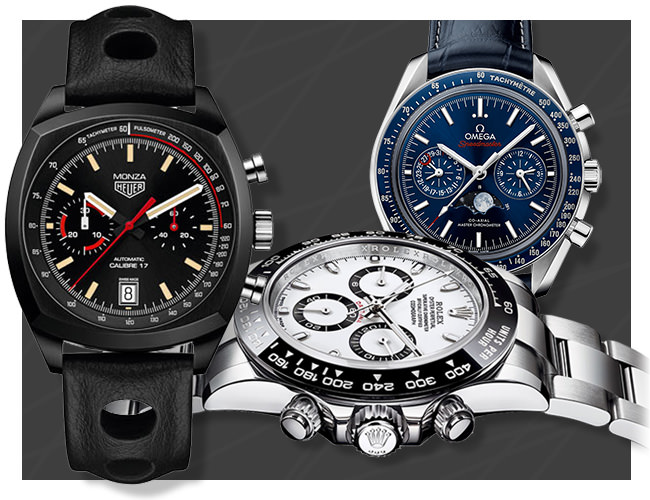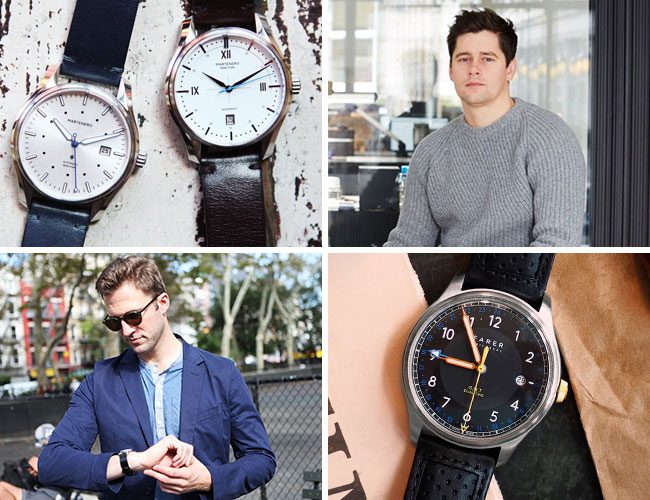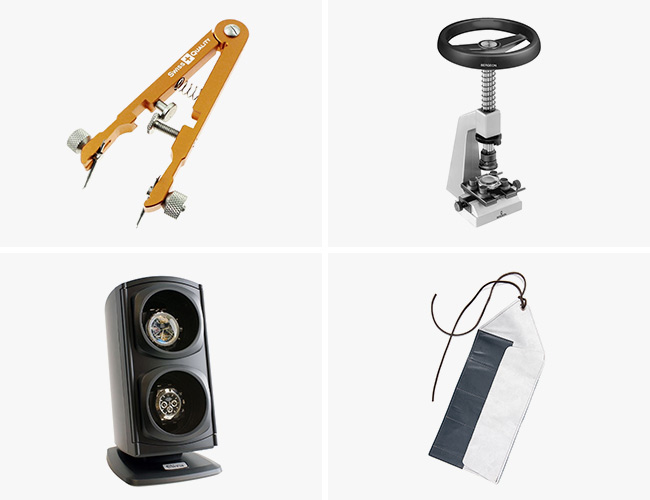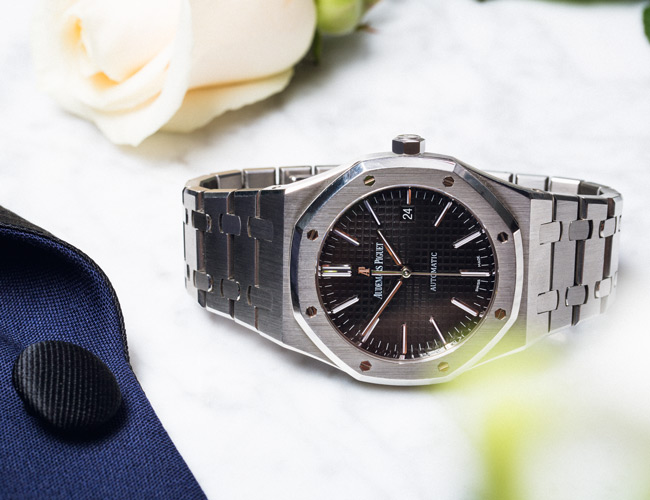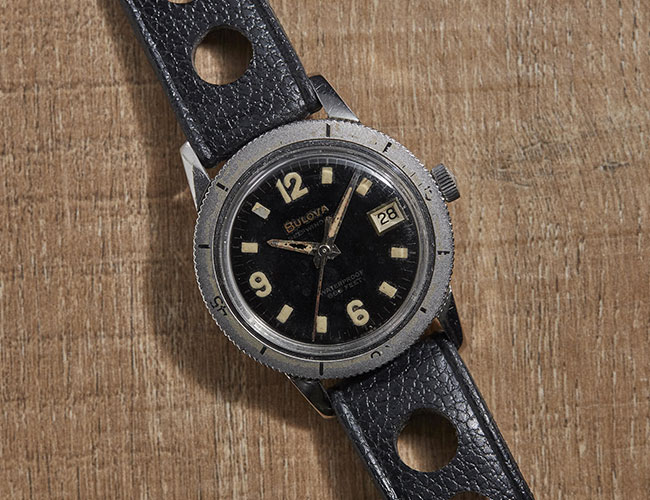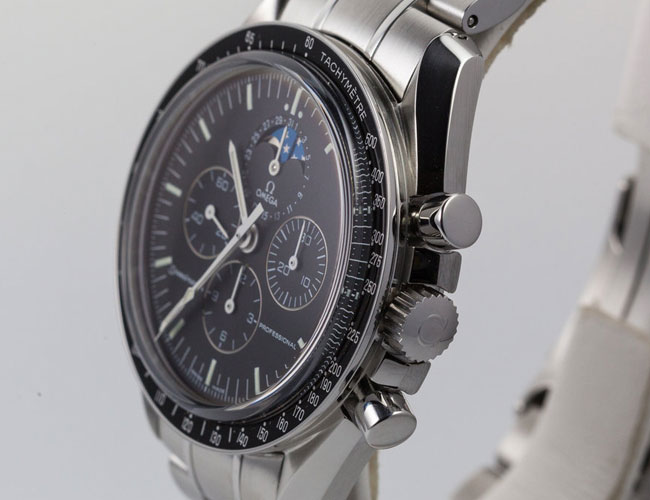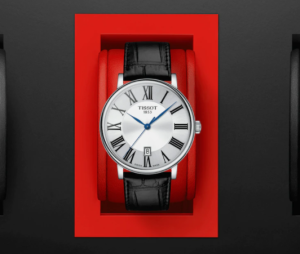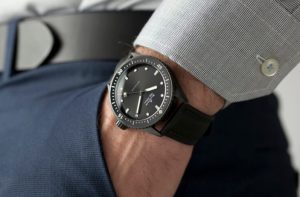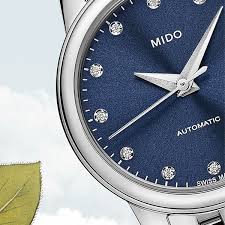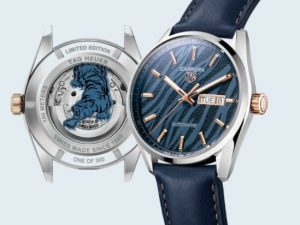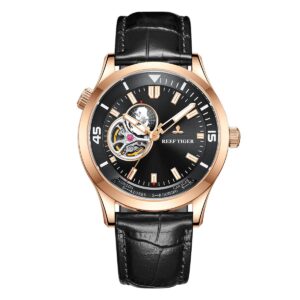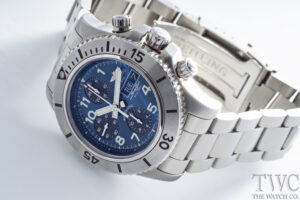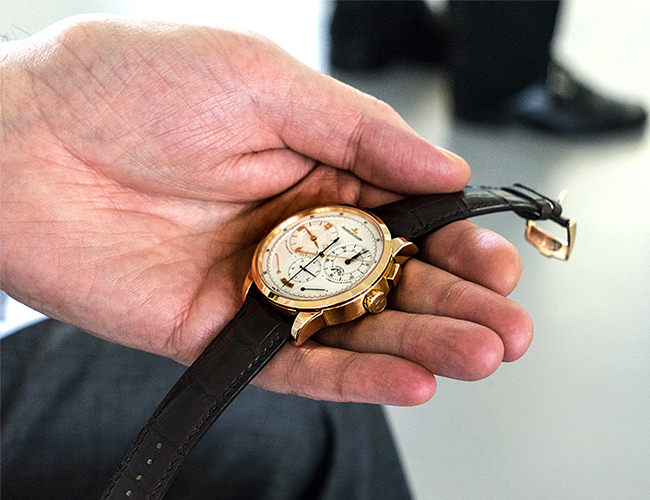
In the 1800s, the Vallée de Joux in Switzerland was a day’s journey from the big city of Geneva in the best weather, and isolated for months when the mountain snows came. Farmers idle in the winter turned to watchmaking — a skill passed over the border from France — cutting and grinding tiny gears by the waning light through big south-facing windows, completing a watch or two by spring. Soon the valley had a reputation for producing some of the finest watches in the world, brought down each spring to sell in Geneva. One of those who wintered in the valley, Antoine LeCoultre, hung a watchmaking shingle outside of his farmhouse in 1833. Today that farmhouse still stands, surrounded by the modern wings and annexes of a watchmaking powerhouse: Jaeger-LeCoultre.
More Watches 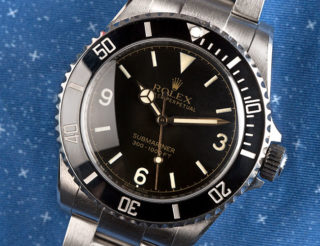 The Man Making New Rolexes Old Again
The Man Making New Rolexes Old Again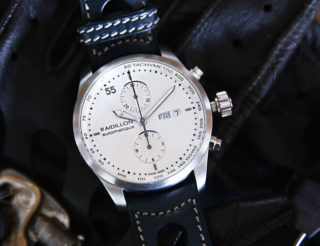 Review: A Unique Take on the Racing Chronograph
Review: A Unique Take on the Racing Chronograph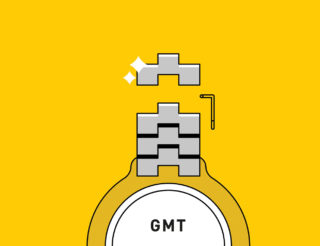 How to Adjust a Metal Watch Bracelet
How to Adjust a Metal Watch Bracelet
The Le Sentier-based maison has, in the spirit of its founder, adopted and invented new state-of-the-art means of watchmaking, resulting in a mix of handcraft and automation. LeCoultre himself invented one of the first watches that could be wound without a key, as well as a means to measure microns (a major breakthrough in the industry) in the 1800s; throughout the 20th century, JLC’s prestige and prowess grew. They produced over 1,200 different calibres and over 400 patented inventions. Beyond making movements for its own watches, Jaeger-LeCoultre also created movements for some of Switzerland’s most prestigious marques, such as the calibre 920 used by no less a triumvirate than Patek Philippe, Vacheron Constantin and Audemars Piguet. And in the 1980s and ’90s, JLC lent several movements to the International Watch Company of Schaffhausen as well.
So, to get a glimpse inside the storied walls of the Manufacture Jaeger-LeCoultre is, in some ways, to look into the spiritual heart of Swiss watchmaking. If the words “Swiss Made” on a watch dial stand for excellence, then the name “Jaeger-LeCoultre” holds the same position of reverence within the industry, at the top of the pyramid, the watchmaker’s watchmaker.
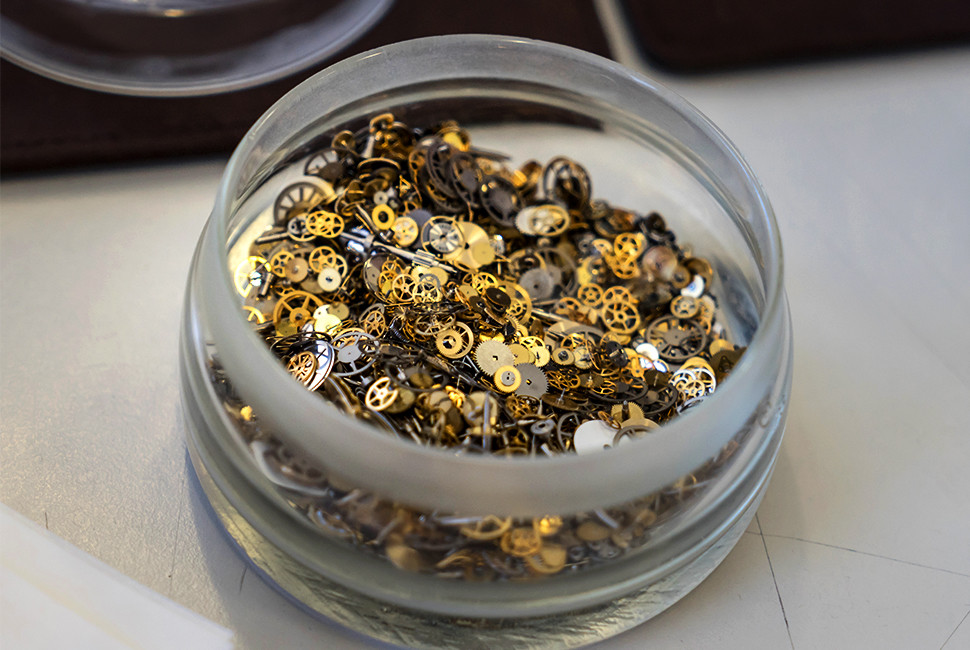
Jaeger-LeCoultre’s watches cover the spectrum of durable tool watches, from its Master Compressor series — which includes a 1,000-meter dive watch — to the pinnacle of high watchmaking, the Duomètre series, whose two powertrains drive timekeeping and complications independently. All of these watches are built in the same factory that houses a little more than 500 workers — some by more automated means, and others by skilled watchmakers who will see a watch through from baseplate to crystal, all by hand. In a system that is as old as the manufacture itself, watchmakers work their way up to the highest levels of proficiency, from apprentice to master, over many years of training and mentoring.
The manufacture is a clean, brilliantly white space, lit by big windows where snow-reflected light pours in. The environment is a mix of the old and new — high-tech laser-cutting machines next to wooden hand tools. It is a quiet, studious place, where the clink of tools is the only sound above the white noise of clean room blowers, ventilators and robotic machinery.
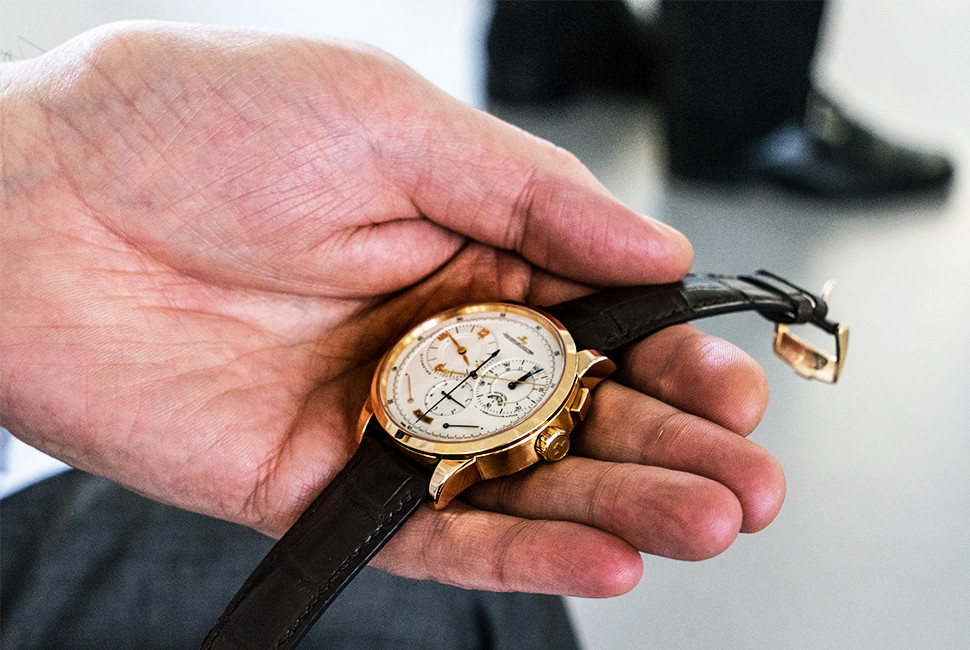
In a wing of the manufacture is a department that resembles a laboratory, complete with whirring machines and white-coated workers. This is Quality Control, where dive watches, chronographs, and even dress watches, are put through rigorous testing for 1,000 hours — nearly six weeks — before they’re deemed good enough to leave Le Sentier. This so-called “1,000 Hour Control” protocol, unequaled in the Swiss watch industry, is where finished timepieces are tested in different positions and temperatures to ensure their reliability and accuracy. It is a chamber of horological horrors, with diabolical machines that spin watches, freeze watches and expose them to high pressure, all in the name of ensuring they’ll survive on the wrists of their owners.
The newest wing of the manufacture contains the Métiers d’Arts workshop, a bright, sterile space where not watchmakers but artists do their work in hermetic peace. One woman is hand painting a Reverso case with the historical likeness of a mogul prince. Nearby, another is placing individual precious stones in a bezel. Most of this is custom work, bespoke creations for well-heeled clients willing to pay into six figures for a one-of-a-kind masterpiece.
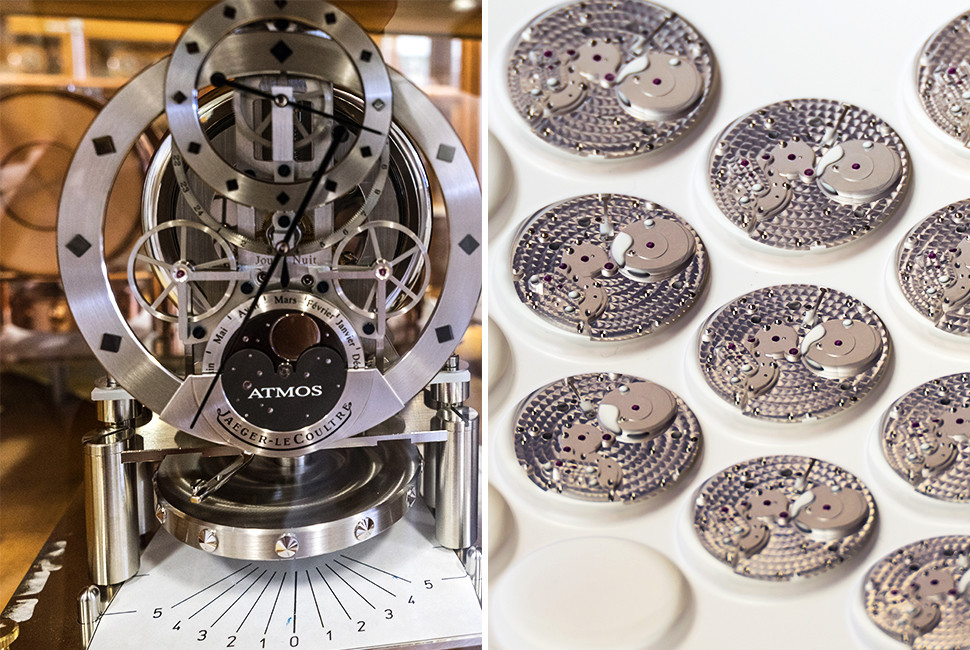
One large, bright room at the manufacture is dedicated to a legendary Jaeger-LeCoultre that is not a watch. This is where the Atmos clocks are built and serviced. Wooden cabinets span the width of the workshop, each holding dozens of clocks of all eras and styles, from Art Deco to the Jet Age to a leather-wrapped Hermès edition. The Atmos was invented in the 1920s by a Swiss engineer; JLC bought the patents a few years later and has been building them ever since. Whereas a conventional clock derives its power from a wound spring that needs to be tensioned regularly, the Atmos is powered by atmospheric pressure. An aneroid capsule in the clock’s movement is sensitive to changes in air temperature and pressure fluctuations, expanding and contracting enough to power the movement. A temperature change of as little as 1 degree Centigrade provides enough energy to power the clock for two days, and the whisper-thin balance spring vibrates so slowly that it requires no lubrication but is remarkably accurate. The Atmos is as close as man has ever come to creating a perpetual motion device, and it’s become a symbol of Swiss ingenuity, often a traditional gift to heads of state and dignitaries, including the President of the United States.
Amid all this innovation, there’s also still room for the craft of old. While much of the manufacturing of modern watch movement components is done by CNC machines, the tooling area of the JLC manufacture has a locked room with shelves upon shelves of unique tools that can be used to recreate parts for movements dating back to the 1950s. So should your great-grandfather’s Memovox need a new balance bridge, it can be reproduced here. And if a tool isn’t available, Jaeger-LeCoultre can make a new one. So not only has JLC made 1,200 of their own movements, but they’ve also made the tooling to build them all, in a tradition that dates back to Antoine LeCoultre’s farmhouse tinkering almost two centuries ago. While watchmaking techniques and technology have changed, and the Vallée de Joux isn’t quite as isolated in the winter as it was in 1833, Jaeger-LeCoultre remains what it has always been — the watchmaker’s watchmaker.
A FITTING FLAGSHIP
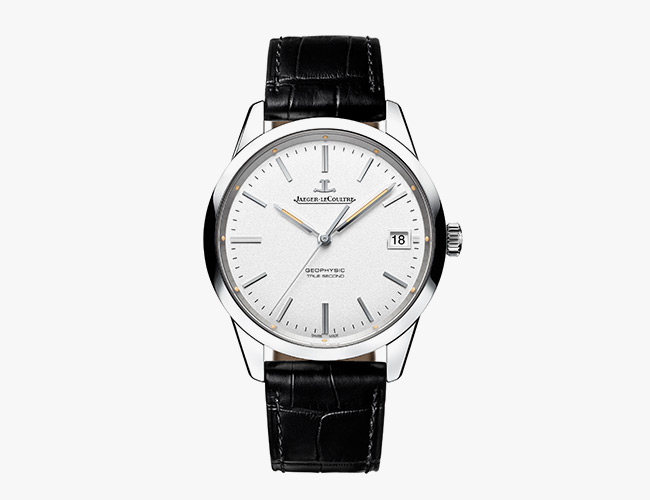
The new Geophysic True Second, a time-and-date watch with a minimalist steel case and spare dial, is a fitting emblem of the spirit of Jaeger-LeCoultre. It is a deceivingly simple timepiece, but inside ticks — yes, ticks — the new calibre 770, a mechanical movement that drives the seconds hand in distinct one-second increments. This function, while it appears ordinary, is incredibly difficult to produce. To the uninitiated, it would seem to be a battery-powered quartz watch. Yet inside is a 275-piece mechanical marvel with JLC’s new GyroLab balance wheel at its heart. The GyroLab is a radical new invention that reduces air resistance as the wheel oscillates, providing more consistent amplitude and better efficiency.
The Geophysic is a watch that Antoine LeCoultre might have built himself. Humble, sturdy, yet incredibly complex not for the mere sake of it, but to improve accuracy through invention, it is a fitting flagship.
